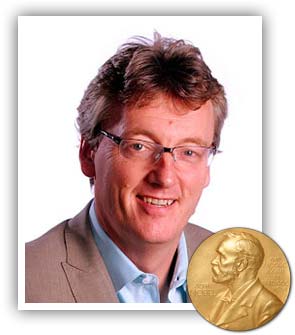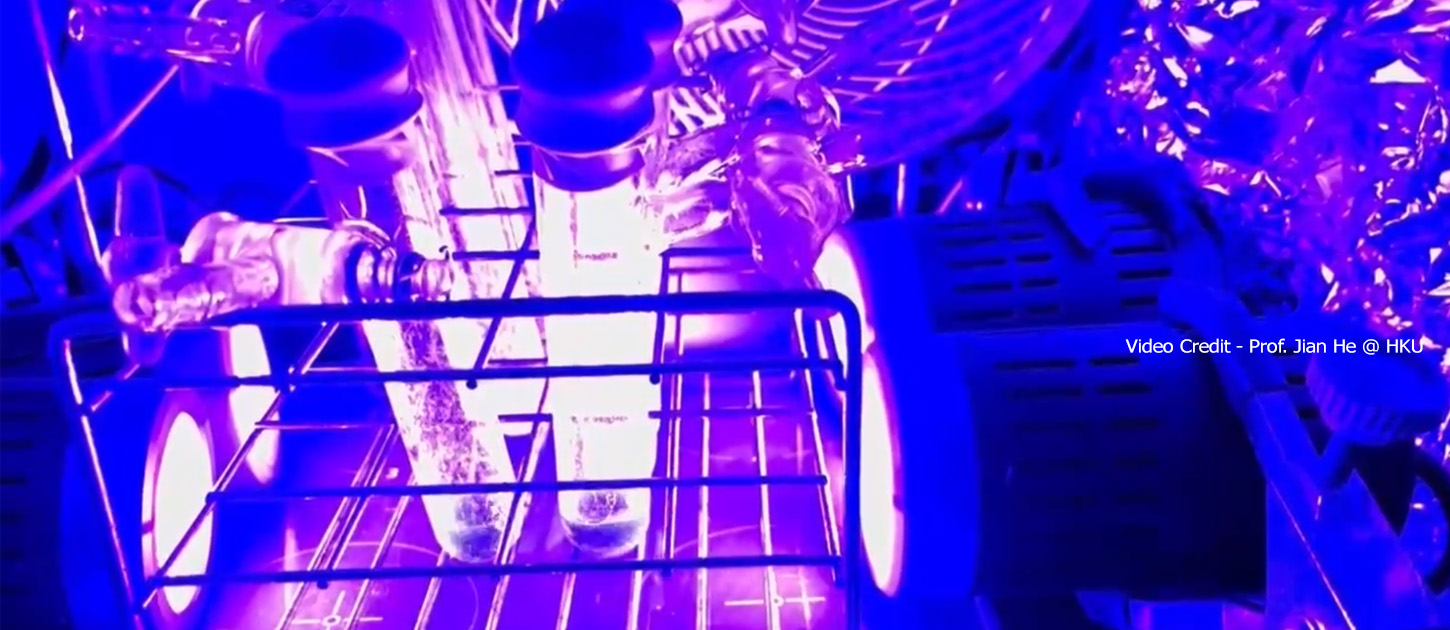
Photo Sciences
Separator
Small
Scale
Separator
Customer Testimonials
Hear From Our Customers

The PR300 offers significant advantages in throughput and versatility. It supports medium-throughput screening with up to 16 simultaneous reactions, making it easy to identify optimal conditions. Once established, those conditions can be scaled up using larger vial sizes (20-40 mL) to produce quantities up to grams—all within the same system.
Lead Scientist at a major pharmaceutical company

The PR300 is a very effective photoreactor, especially in regimes where reactions are photon-limited. Overall, the PR300 individual lamps are my favorite component, and I highly recommend how compact and useful they are.
Diego Granados, Knowles Group, Princeton University

The PR300 is easy to assemble and use, and provides a cost-effective solution for screening reactions that require high photon flux with temperature control.
Alexander Cusumano, Doyle Group, UCLA

The PR300 setup gives uniform and reproducible results, which is great. The Water Cooling System is efficient in keeping the vial temperature down.
Reem Nsouli, Ackerman-Biegasiewicz Group, Emory University

We have successfully applied the PR300 photoreactor in both batch and flow photoreactions. Its high photon output, modular design, and compatibility with different vessel formats make it a versatile platform for synthetic photochemistry. The system has also shown promising potential for adapting to photo-flow applications.
Wen-Hsuan Lee, Liao Group, NSYSU

We have reported positive outcomes from using the PR300 and observed consistent results across different positions within the water-cooling tank. We will keep using the complete PR300 system to optimize our photoreactions.
Lead Scientist at a major pharmaceutical company
Separator

Congratulations to
Professor David MacMillan
Princeton University
Recipient of the The 2021 Nobel Prize in Chemistry
Prize motivation: “for the development of asymmetric organocatalysis”
Separator
Photo Science Publications FEATURING Kessil
By Applications
VIEW

Metal Catalyst
VIEW

Organic Catalyst
VIEW

Direct Photoexcitation
VIEW

Beyond Blue
VIEW

Photoreactor Design
By Research Groups
MacMillan at Princeton University
Doyle at University of California, Los Angeles (formerly Princeton University)
Stephenson at University of Michigan
Molander at University of Pennsylvania
Knowles at Princeton University
Nicewicz at University of North Carolina at Chapel Hill
Yoon at University of Wisconsin -Madison
Rovis at Columbia University
Gevorgyan at University of Texas at Dallas
Leonori at University of Manchester
Zysman-Colman at University of St Andrews









